Birds have fascinated humans for centuries with their natural songs and apparent responsiveness to music. From parrots bobbing their heads to a beat to canaries that seem to sing along with piano melodies, our feathered friends often display what appears to be genuine enjoyment of musical sounds. This connection between birds and music isn’t merely coincidental—it’s rooted in their evolutionary biology, cognitive abilities, and social behaviors. Understanding why certain birds respond positively to music opens up wonderful opportunities for enrichment, whether you’re a pet owner looking to enhance your bird’s quality of life or simply curious about the fascinating relationship between animals and music. Let’s explore the science behind birds’ musical preferences and discover practical ways to incorporate music into their lives.
The Science Behind Birds and Musical Appreciation

Birds possess a unique auditory system that gives them remarkable abilities to perceive and process complex sounds, including music. Unlike mammals, birds lack external ears but have specialized inner ear structures that allow them to detect subtle variations in pitch, rhythm, and timbre—the very elements that make up music. Research has shown that some bird species can distinguish between different musical genres and even show preferences for certain types of melodies or tempos.
This sensitivity is likely connected to their own vocalizations, as birds use complex songs for communication, territory defense, and mating rituals. Scientists at Emory University discovered that some birds’ brains release dopamine—a feel-good neurotransmitter—when they hear music they enjoy, similar to the human response to favorite songs.
Why Certain Bird Species Are More Musically Inclined
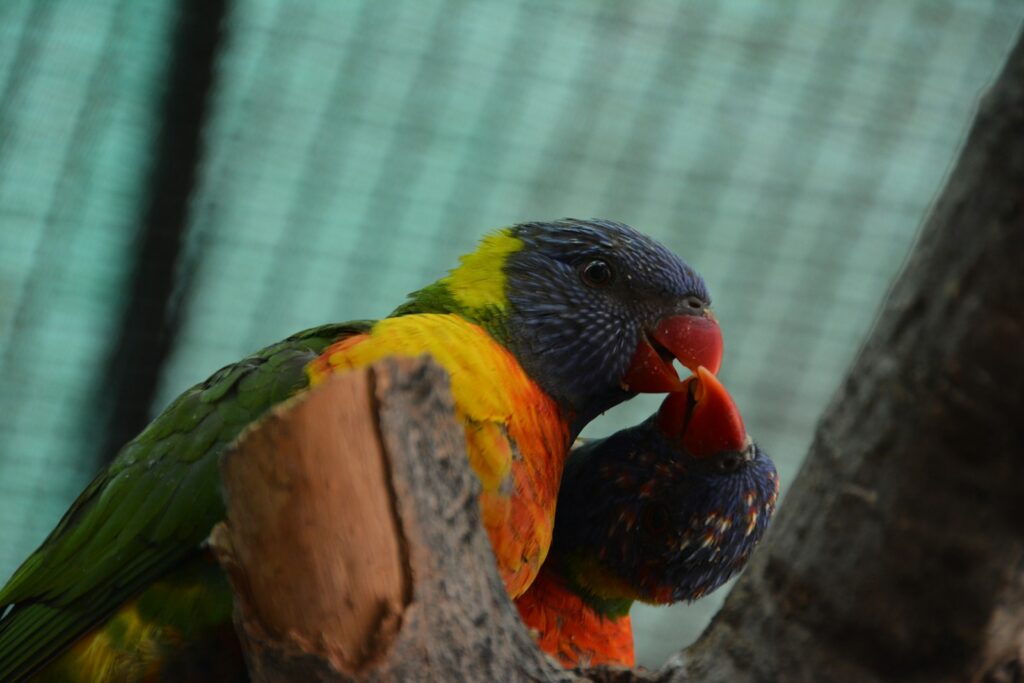
Not all birds respond equally to music, with some species showing significantly more interest and engagement than others. Vocal learners—birds that learn their songs rather than being born with innate vocalizations—typically display the strongest reactions to human music. These include parrots, cockatoos, mynah birds, and certain songbirds like canaries and finches. Their advanced vocal learning centers in the brain seem to predispose them to recognize and engage with musical patterns. Parrots, in particular, with their complex social structures and highly developed cognitive abilities, often show remarkable responses to rhythm and melody. Conversely, birds that don’t learn their vocalizations, such as most waterfowl and game birds, typically show less interest in human music, suggesting that the ability to learn vocalizations correlates with musical appreciation.
How Birds Physically Respond to Music
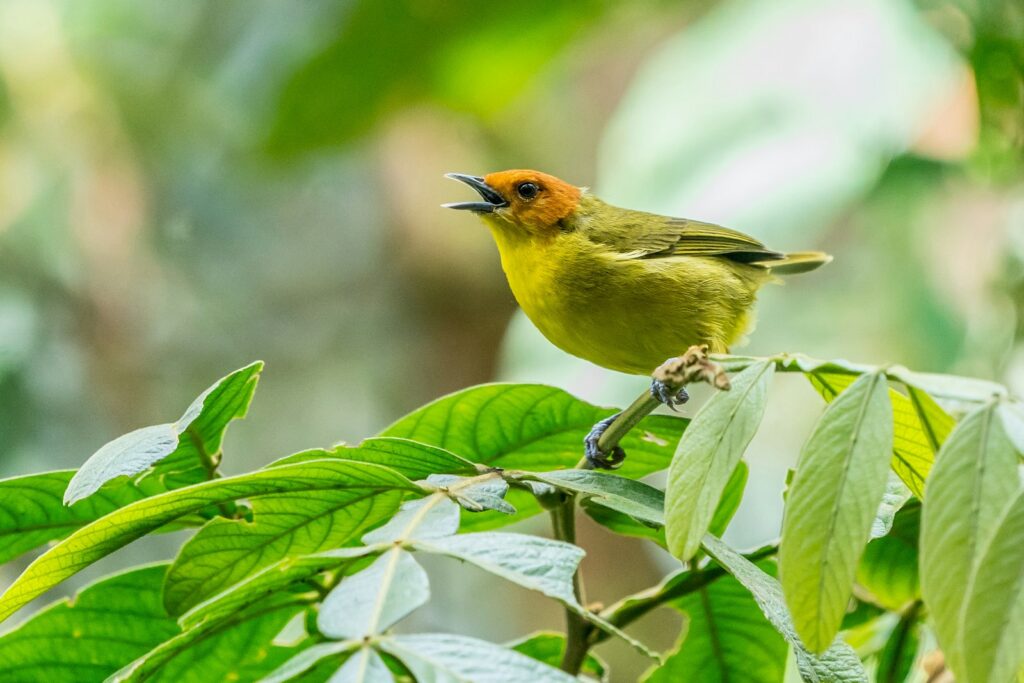
When birds respond positively to music, they often display distinctive physical behaviors that signal engagement and enjoyment. Many parrot species bob their heads, tap their feet, or sway rhythmically in time with music they find pleasing. Some birds will fluff their feathers, dilate their pupils, or exhibit what avian behaviorists call “dance-like movements,” coordinating their body movements with musical beats. Researchers at Harvard University documented a famous sulfur-crested cockatoo named Snowball who could spontaneously dance to different tempos, adjusting his movements when the music’s speed changed.
Vocal responses are also common, with birds chirping, singing, or attempting to mimic musical phrases they hear repeatedly. These behaviors aren’t merely reflexive—they represent complex cognitive processing and genuine engagement with the musical stimuli.
Musical Preferences Among Different Bird Species

Just as humans have varied musical tastes, different bird species show distinct preferences for particular types of music. African Grey parrots often respond positively to classical music with complex patterns and rhythms, similar to their own intricate vocalizations in the wild. Cockatiels and budgerigars typically enjoy pop music with clear melodies and consistent beats. Canaries, famous for their own melodious songs, frequently react to instrumental music that shares tonal qualities with their natural vocalizations.
A groundbreaking study at the University of Vienna found that some parrots preferred electronic dance music over classical pieces, suggesting that rhythm may be as important as melody for certain species. These preferences aren’t universal—individual birds within the same species can show different musical tastes, just like humans have personal preferences.
The Benefits of Music for Captive Birds
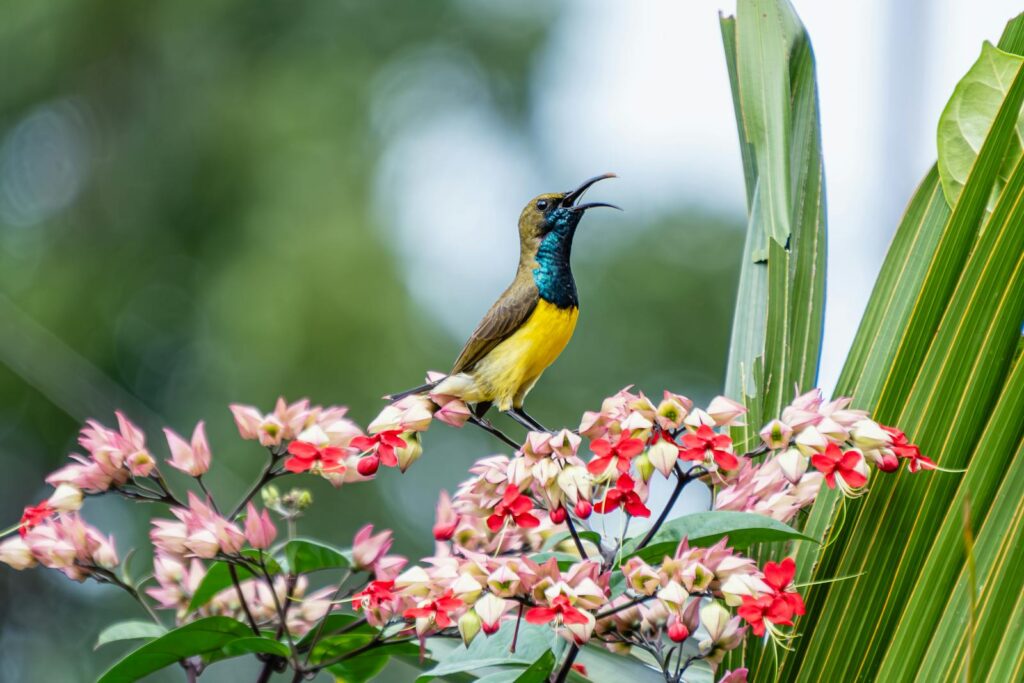
Introducing music into the environment of captive birds offers numerous psychological and physiological benefits. Regular exposure to appropriate music can reduce stress hormones like cortisol in birds, especially in potentially anxiety-inducing situations such as during storms or when alone for extended periods. Music provides valuable auditory enrichment in what might otherwise be a sonically monotonous environment, stimulating cognitive processes and preventing boredom-related behavioral issues. For highly social species like parrots, music can serve as a form of social surrogate when human companions are absent, helping to alleviate loneliness.
Research published in the Journal of Applied Animal Welfare Science found that birds exposed to appropriate musical enrichment showed fewer signs of stereotypical behaviors—repetitive movements often associated with stress or inadequate stimulation—than birds kept in quiet environments.
Creating a Bird-Friendly Music Environment
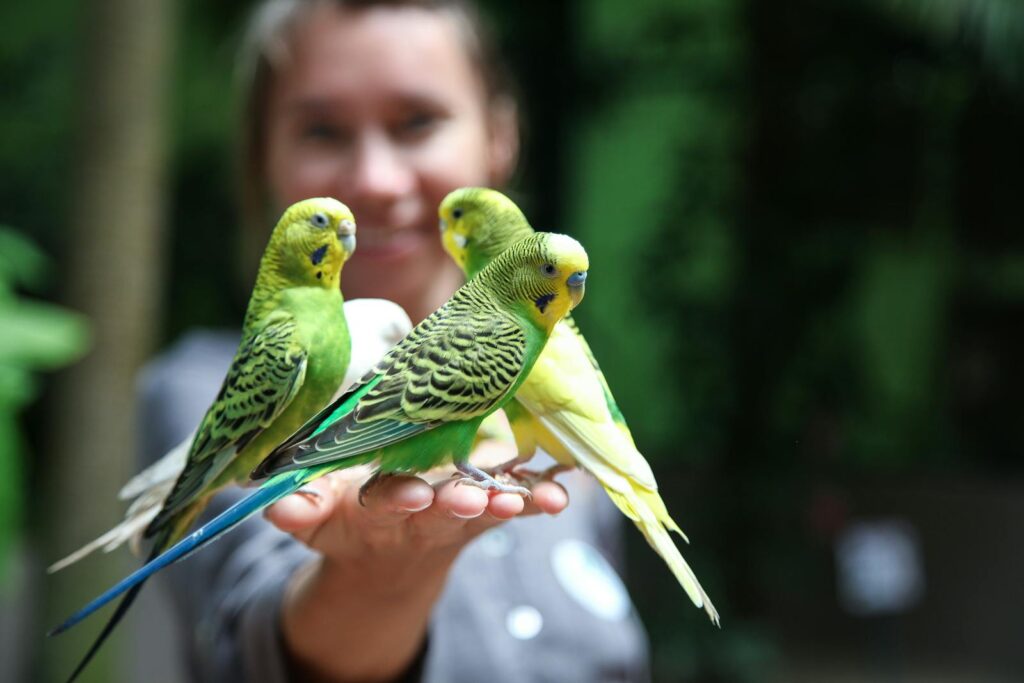
Setting up an optimal musical environment for birds requires thoughtful consideration of several factors. Volume control is crucial—birds have sensitive hearing, and music should never be louder than a normal conversation to prevent stress or potential hearing damage. Position speakers at an appropriate distance from the cage, allowing birds to move closer or further away based on their comfort level. Create a predictable schedule for music sessions rather than playing sounds constantly, as birds benefit from periods of quiet for rest and natural vocalization.
Provide a variety of musical styles while observing which elicit positive responses, gradually building a “playlist” tailored to your specific bird’s preferences. Consider the acoustics of the room, avoiding spaces with excessive echo or reverberation that might distort sounds and confuse birds with their highly sensitive auditory systems.
Musical Training and Bird Intelligence

Exposure to music can potentially enhance cognitive development in certain bird species, particularly those with advanced vocal learning capabilities. When birds engage with complex musical patterns, they exercise neural pathways associated with memory, pattern recognition, and temporal processing. Some aviculturists have reported that birds regularly exposed to varied musical stimuli demonstrate enhanced problem-solving abilities and adaptability to new situations. The process of learning to dance or vocalize to music requires sophisticated cognitive processing, including beat perception and motor coordination.
Dr. Irene Pepperberg, famous for her work with Alex the African Grey parrot, observed that musical training seemed to enhance birds’ abilities to learn and process complex information in other domains as well. This phenomenon mirrors findings in human studies where musical training correlates with improvements in non-musical cognitive tasks.
Using Music for Behavioral Training
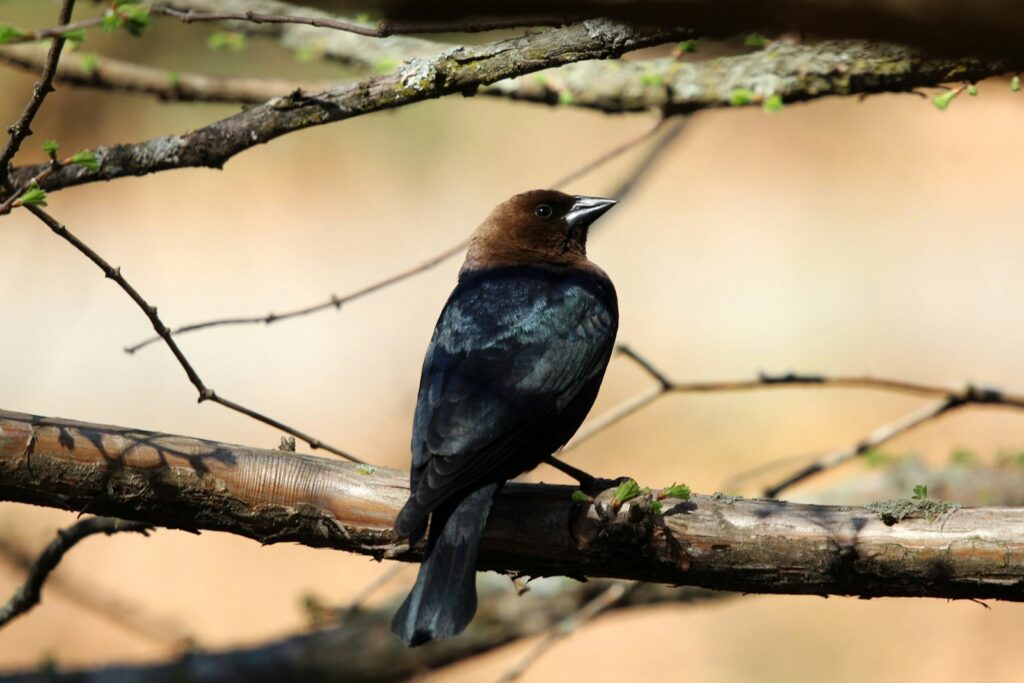
Music can serve as a powerful tool in bird training programs when used strategically and consistently. Many avian behaviorists incorporate specific songs or musical cues to signal different training activities, creating strong associations that help birds anticipate and prepare for various interactions. For example, playing a particular melody before offering treats can establish a positive conditioned response, making future training sessions more effective. Music with steady, moderate tempos can create a calm atmosphere conducive to introducing new objects or experiences to birds that might otherwise be neophobic (fearful of new things).
Professional bird trainers often use musical cues to help birds transition between different behavioral states—using upbeat tunes for play and interaction times and softer melodies for winding down before dusk. This musical cueing system leverages birds’ exceptional memory for sounds and helps create predictable routines that reduce anxiety.
Music as Therapy for Stressed or Rescued Birds

Birds that have experienced trauma, neglect, or significant life changes can particularly benefit from carefully selected musical therapy. Rescue organizations working with formerly abused or neglected birds increasingly incorporate gentle, consistent musical exposure as part of rehabilitation protocols. The predictable patterns in classical music, particularly pieces with stable rhythms and minimal dynamic range, have been shown to reduce visible signs of distress in traumatized birds. Avian veterinarians sometimes recommend specific musical interventions for birds recovering from illness or surgery, as appropriate auditory stimulation can reduce stress hormones that might otherwise impede healing.
One striking case study from a major bird sanctuary documented how a severely plucked cockatoo who had previously lived in a chaotic environment gradually grew back feathers after a regimen that included daily exposure to gentle classical piano music. The sanctuary reported that the consistent, predictable musical patterns seemed to provide a sense of security that pharmacological interventions alone had failed to establish.
DIY Musical Enrichment Ideas for Pet Birds

Creating customized musical enrichment activities can significantly enhance your bird’s quality of life without requiring expensive equipment. Simple rhythm games can be created by tapping steady beats on a table near your bird and observing if they join in, gradually introducing variations to challenge their coordination. Many bird owners successfully create “musical foraging toys” by attaching small bells or chimes to puzzle feeders, rewarding birds with both treats and pleasing sounds when they successfully manipulate the objects. Recording your bird’s favorite songs and playing them back can stimulate fascinating vocal responses, as many birds will attempt to sing along with or improve upon the recorded versions.
For especially responsive birds, consider purchasing special “bird dancing perches” that gently vibrate in time with music, providing both auditory and tactile stimulation that many birds find highly engaging. Remember to introduce any new musical enrichment gradually, allowing your bird to approach and investigate at their own pace.
Classical Music vs. Pop Music: What Birds Prefer

Research into avian musical preferences has revealed fascinating insights about how different genres affect bird behavior and well-being. Classical music, particularly Baroque compositions with predictable mathematical structures like those by Bach and Vivaldi, often elicits calm, attentive responses from many bird species. The complex patterns in classical pieces seem to engage birds’ cognitive faculties without overwhelming their auditory systems. Contemporary pop music with clear vocal lines and consistent rhythms appeals to many social bird species, possibly because these elements resemble aspects of their natural communication patterns.
A landmark study at Tufts University School of Veterinary Medicine found that parrots showed distinctive preferences when offered choices between different musical genres, with most subjects actively seeking out classical and soft pop while avoiding heavy metal and chaotic experimental compositions. Interestingly, birds raised in homes where specific genres are regularly played often develop preferences aligned with their human companions’ musical tastes, suggesting a potential cultural learning component to musical appreciation.
Creating Bird-Specific Playlists

Developing customized playlists tailored to your specific bird’s preferences can maximize the benefits of musical enrichment. Begin by experimenting with short samples from diverse musical genres, carefully observing your bird’s behavioral responses to identify positive reactions like rhythmic movements, relaxed posture, or engaged vocalizations. Track their preferences systematically, perhaps using a simple journal to note which songs consistently elicit positive responses. Consider creating different playlists for various purposes—stimulating music for active morning hours, calming selections for evening wind-down times, and perhaps special compositions for when your bird needs to be alone for extended periods.
Many bird owners find success with playlists that gradually transition between tempos and styles, rather than making jarring changes that might startle sensitive birds. Remember that preferences may evolve over time, so regularly introducing new musical options while maintaining some familiar favorites keeps the experience fresh and engaging for your feathered companion.
When Music Could Harm Rather Than Help

While appropriate music can greatly benefit birds, certain situations call for caution or complete avoidance of musical stimulation. Excessively loud music can damage birds’ sensitive hearing structures and induce severe stress responses, including harmful behaviors like feather plucking or self-mutilation. Music with unpredictable, jarring sounds or extremely low bass frequencies can trigger fear responses in many bird species, as these acoustic patterns resemble predator sounds or environmental threats in their natural habitats.
Continuous musical exposure without quiet periods prevents birds from engaging in natural vocalizations and can disrupt important biological rhythms, potentially leading to sleep disturbances and immune system suppression. Birds showing signs of auditory overload—such as attempting to move away from sound sources, covering their ears with their wings, or displaying agitated movements—should immediately be provided with a quieter environment. Always prioritize your bird’s visible comfort level over any predetermined ideas about what music they “should” enjoy.
Conclusion
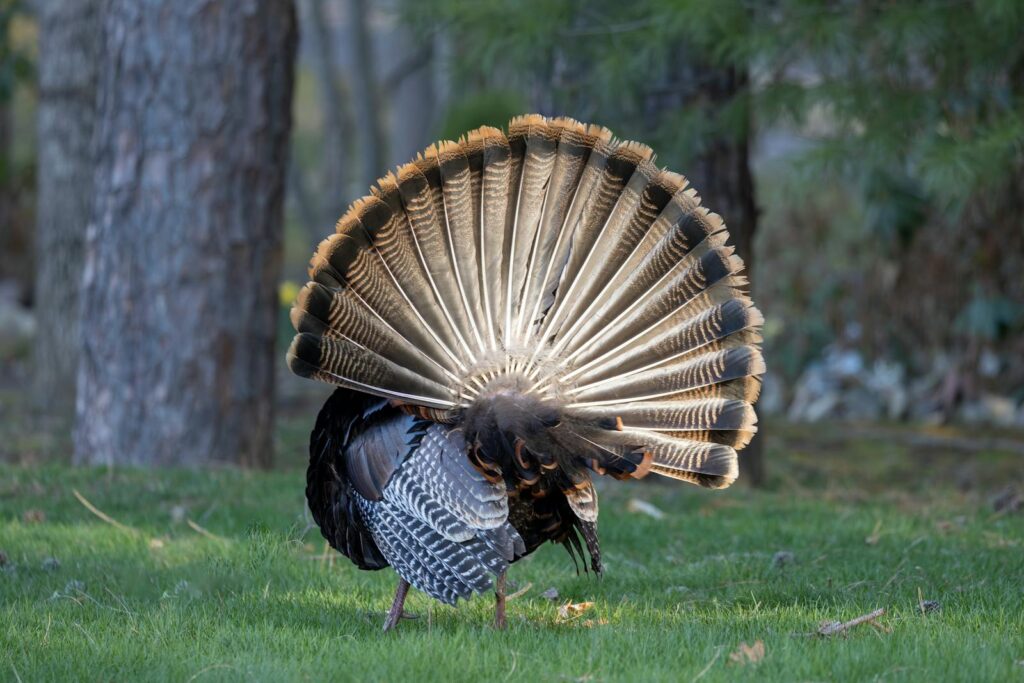
The relationship between birds and music offers a fascinating glimpse into the complex cognitive and emotional lives of our feathered companions. From the scientific foundations of birds’ musical perception to practical applications for enrichment and therapy, understanding this connection can significantly enhance both captive birds’ welfare and our appreciation of their remarkable capabilities. Whether you’re caring for a pet parrot, rehabilitating a rescued songbird, or simply curious about avian cognition, thoughtful musical engagement provides a unique window into birds’ inner experiences. By carefully observing preferences, creating appropriate musical environments, and respecting individual responses, we can harness the power of music to foster happier, healthier, and more stimulated birds. In doing so, we not only improve their lives but also deepen the special bond between humans and these remarkable creatures who, like us, find meaning and joy in the universal language of music.

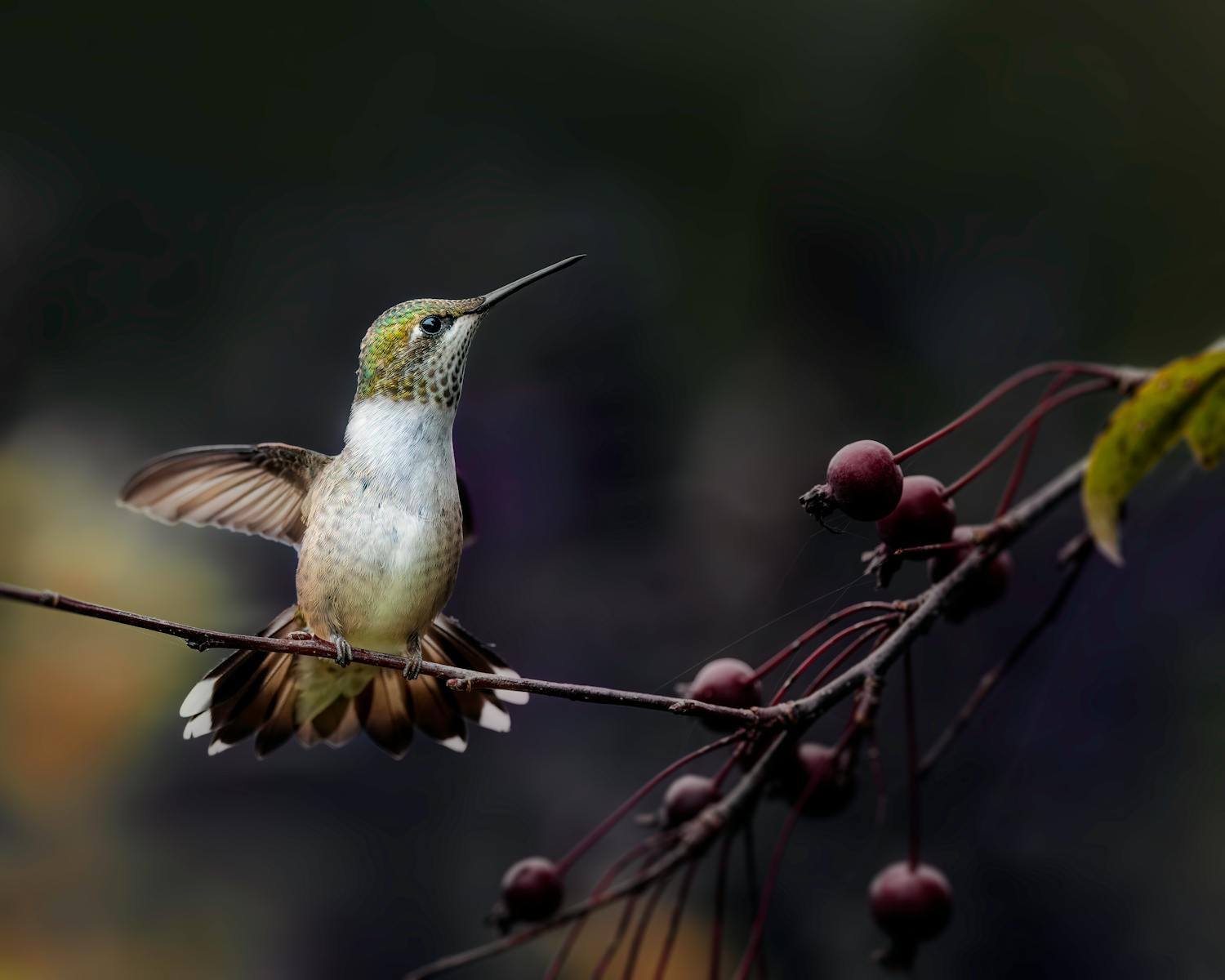

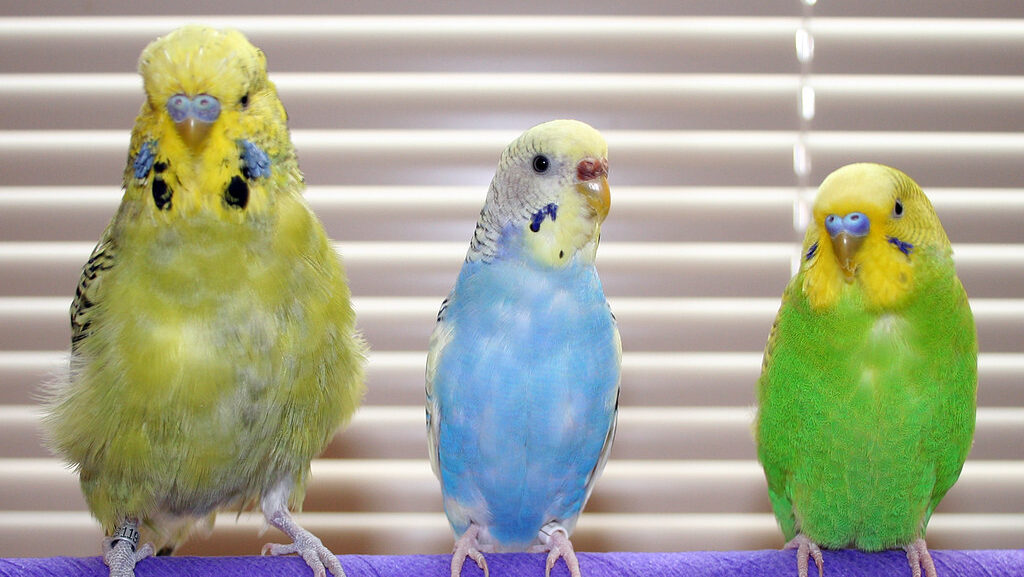

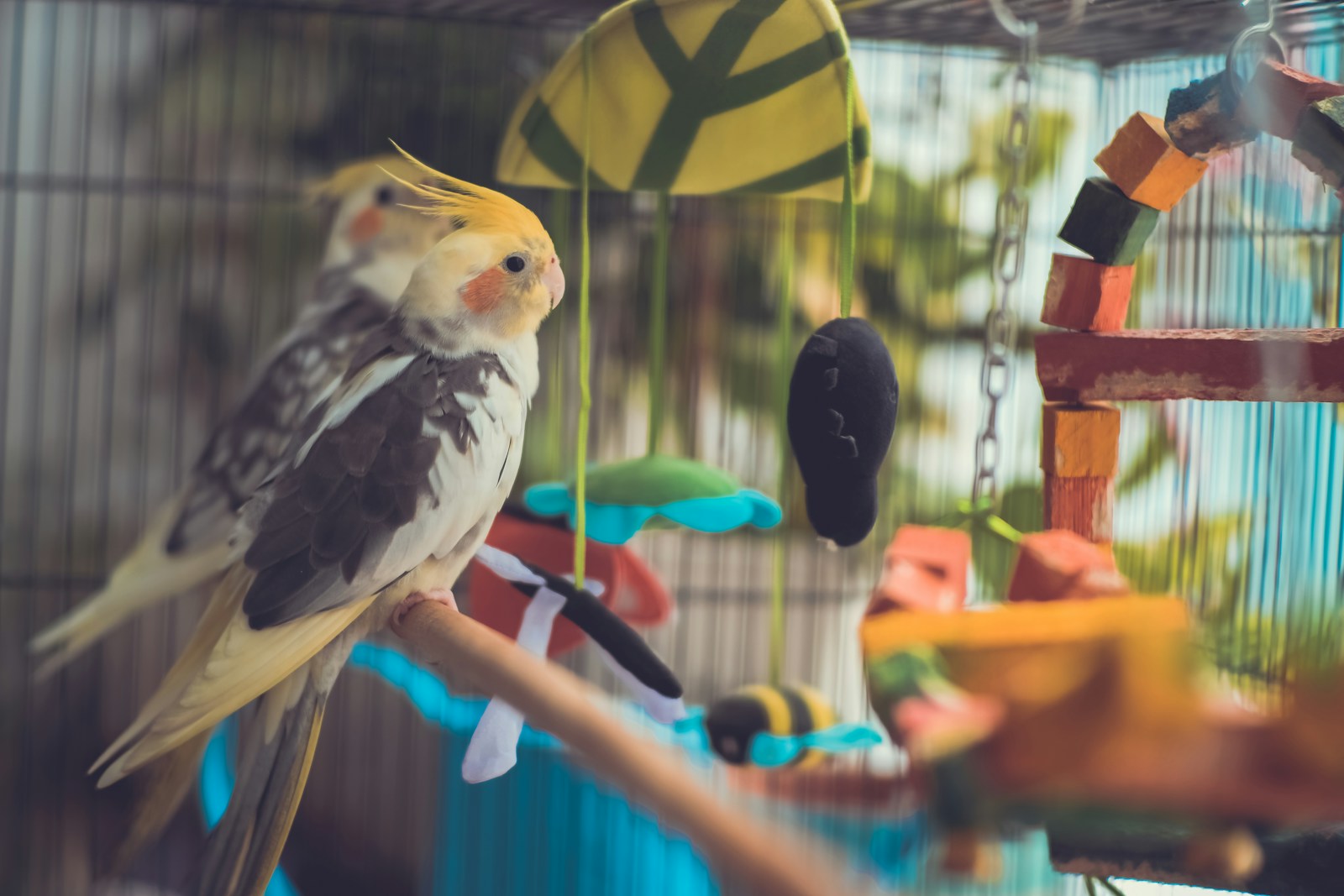
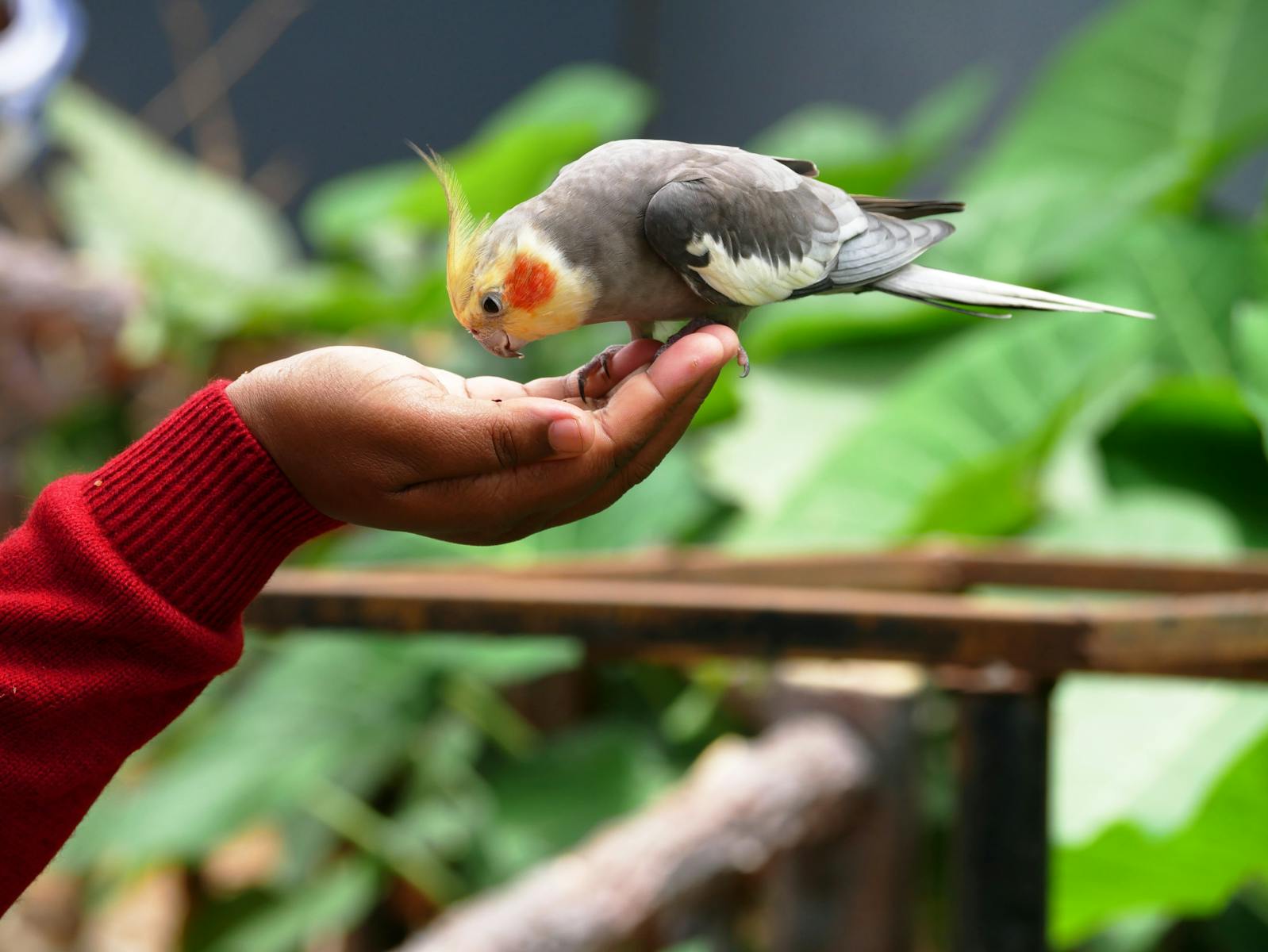
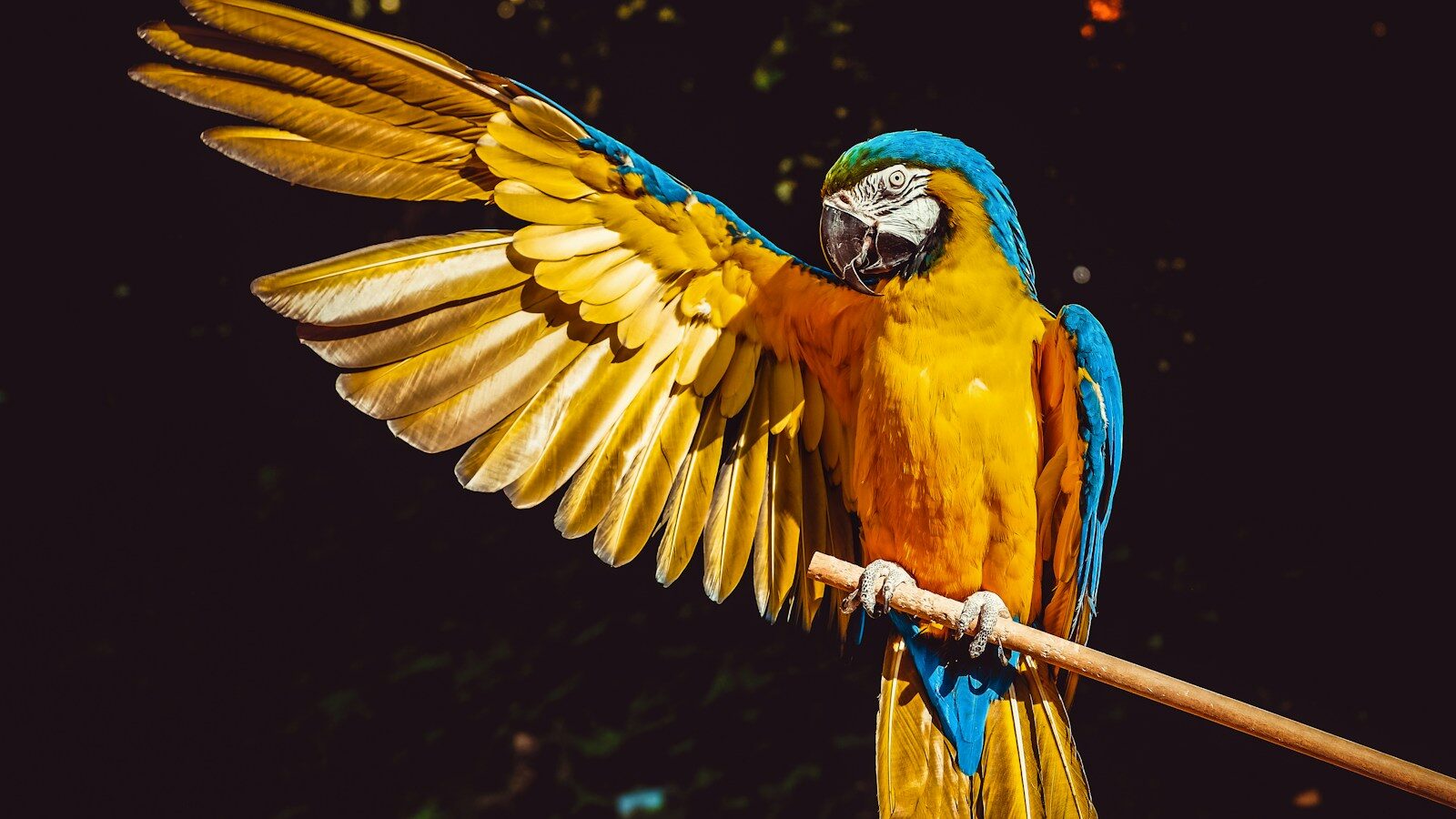

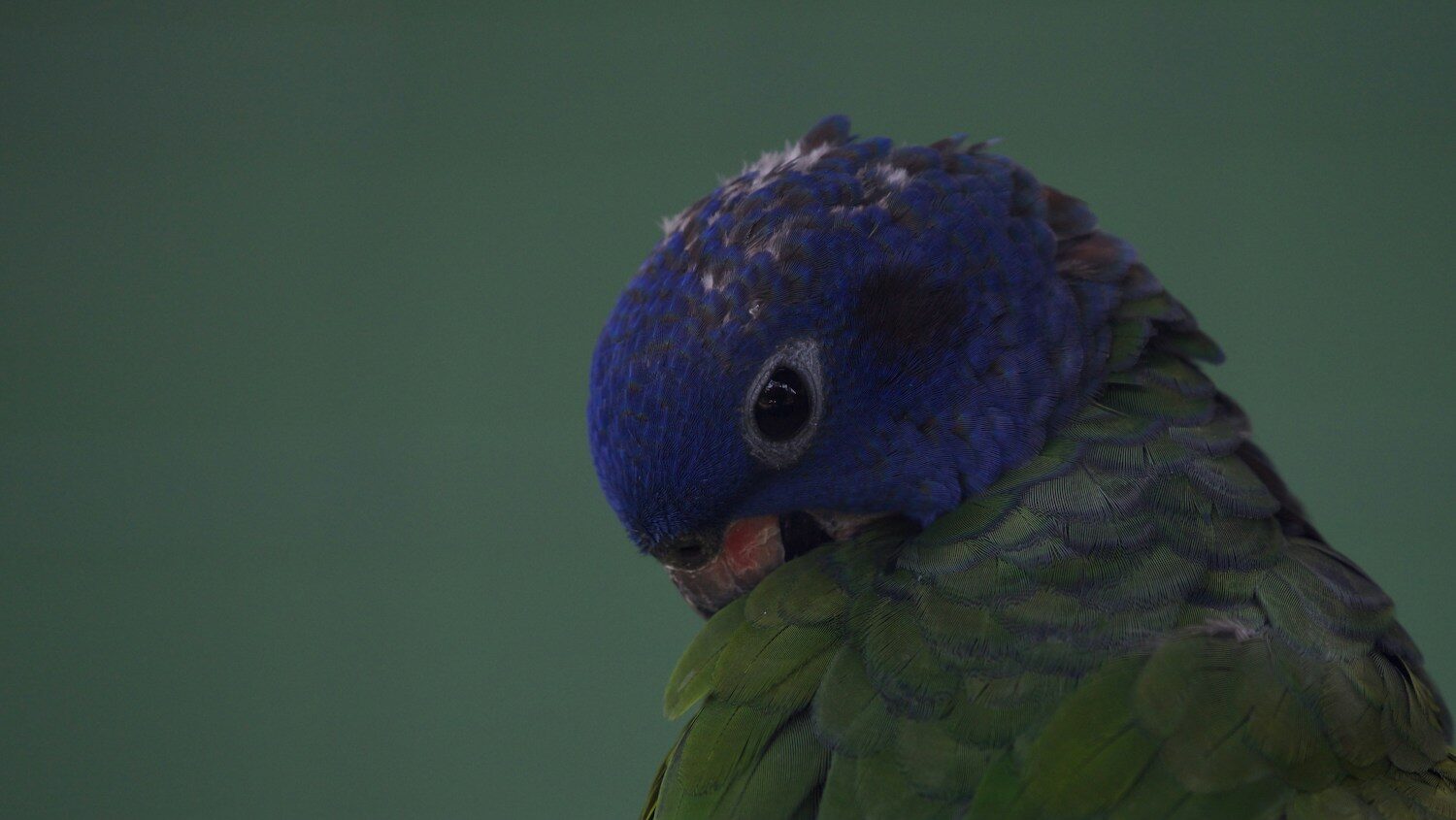

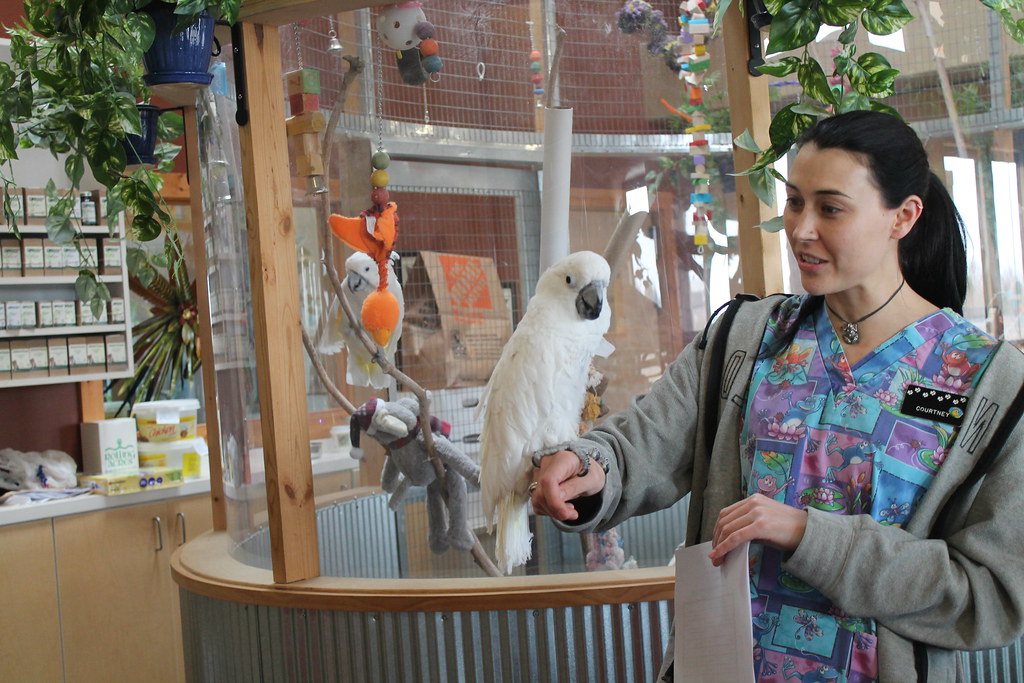




Leave a Reply